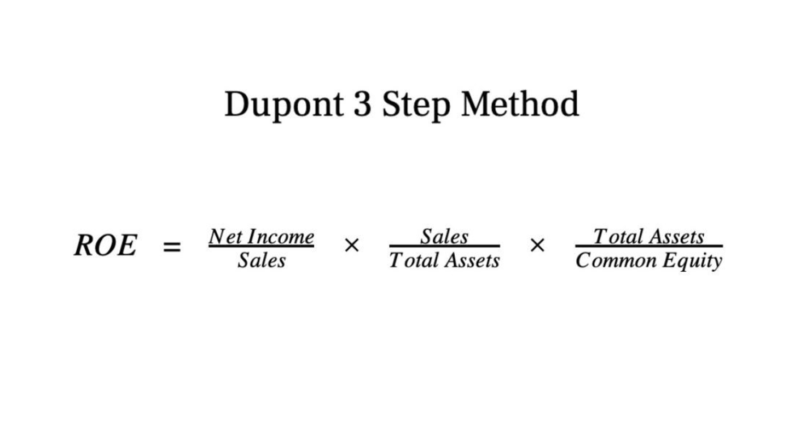
Because variable costs are tied to production, they are usually thought of as a constant amount of expense per unit produced. For instance, sudden spikes in raw material prices or unforeseen changes in labor costs can significantly impact the variable costs of a business, affecting profitability. Variable costs stand in contrast with fixed costs since fixed costs do not change directly based on production volume. If a business increases production or decreases production, rent will stay exactly the same. Although fixed costs can change over a period of time, the change will not be related to production, and as such, fixed costs are viewed as long-term costs.
Direct Labor
So, dividing 40 by 40, you can see that you pay $1.00 per mug for paint. For instance, let’s say you make and sell hand-painted “World’s Best Boss” mugs. Essentially, if a cost varies depending on the volume of activity, it is a variable cost.

Understanding Variable Costs
However, the cost cut should not affect product or service quality as this would have an adverse effect on sales. By reducing its variable costs, a business increases its gross profit margin or contribution margin. To calculate the total cost of production, sum up all fixed costs and variable costs incurred during the period you wish to measure (such as a month, quarter, or year). This total provides an overview of the financial outlay required to produce goods within the defined period. One useful tool for analyzing profit margins is contribution margin analysis.
Average Variable Cost
These can be explained as the costs that decrease with a fall in the production of goods and services and increase with a rise in the production volume of goods and services. Watch this short video to quickly understand the main concepts covered in this guide, including what variable costs are, the common types of variable costs, the formula, and break-even analysis. These costs, which change with production volume, encompass a wide range of expenses beyond just physical items. By embracing lean techniques, businesses can effectively reduce their variable costs and improve overall efficiency.
- If this number becomes negative, you’ve passed the break-even point and will start losing money on every sale.
- The marginal cost will take into account the total cost of production, including both fixed and variable costs.
- The contribution margin represents the sum of income that remains after covering variable costs.
- First, it is important to know that $598,000 in manufacturing costs to produce 1,000,000 phone cases includes fixed costs such as insurance, equipment, building, and utilities.
- For example, if your company sells sets of kitchen knives for $300 but each set requires $200 to create, test, package, and market, your variable cost per unit is $200.
- For information pertaining to the registration status of 11 Financial, please contact the state securities regulators for those states in which 11 Financial maintains a registration filing.
Cost of Production: Formula & 9 Types of Product Costs

Costs that vary directly in response to shifts in production or sales levels are known as variable costs. They typically consist of variable production overhead, direct materials, and direct labor. A cost accounting technique called variable costing allots solely variable production costs to goods or services. The cost of goods sold (COGS) does not include fixed production costs as they are treated as period expenses. Once you’ve got the VCU for each variable cost category, calculate the total variable costs for a particular production level by multiplying the VCUs by the number of units or the activity level. Variable costing focuses on calculating the costs that vary with changes in production levels.

Great! The Financial Professional Will Get Back To You Soon.
Such complexities can sometimes obscure the true variable costs, leading to misinformed decisions. While understanding variable costs is vital, it’s equally essential to be aware of their limitations. In industries where production is labor-intensive, hiring more workers during peak periods can lead to higher direct labor costs.
Which of these is most important for your financial advisor to have?
Businesses that receive credit card payments from their customers will incur higher transaction fees as they deliver more services. The more products you create, the more employees you might price per item formula need, which means a bigger payroll, too. An example of an indirect material would be sandpaper, which is necessary for creating the chairs, but doesn’t make it into the final product.
- If you don’t know your cost of production, there’s a serious risk of running the business at a loss.
- Managing variable costs effectively is crucial for maximising profitability and ensuring the business can adjust expenses in response to changes in demand or market conditions.
- When the bakery does not bake any cake, its variable costs drop to zero.
- For example, suppose you were thinking about adding a new product to your product line but needed to make sure it made sense financially.
- While not directly tied to production activities, indirect costs are essential for maintaining the operational infrastructure and supporting various functions within the organisation.
- By knowing the exact cost of production, you can make informed decisions regarding pricing, resource allocation, and operational workflows to improve your margins and manufacturing efficiency.
This process takes time, labor, materials, and essential production equipment. Let’s assume that it costs $10 in raw materials and $20 in direct labor to create a single t-shirt. Additionally, let’s assume there is a fixed business expense for the equipment used to print the shirt at $200. The table below outlines expenses based on the number of t-shirts made, or the variable in this equation.
Formula and Calculation of Variable Costs

On the other hand, variable costs are safer, generate less leverage, and leave the company with a smaller upside potential. In general, companies with a high proportion of variable costs relative to fixed costs are considered to be less volatile, as their profits are more dependent on the success of their sales. Fixed costs are expenses that remain the same regardless of production output.

However, it’s important to note that variable costs do not always rise or fall in a perfectly linear fashion. There might be instances where economies of scale come into play, affecting the proportionality of these costs. However, below the break-even point, such companies are more limited in their ability to cut costs (since fixed costs generally cannot be cut easily).
